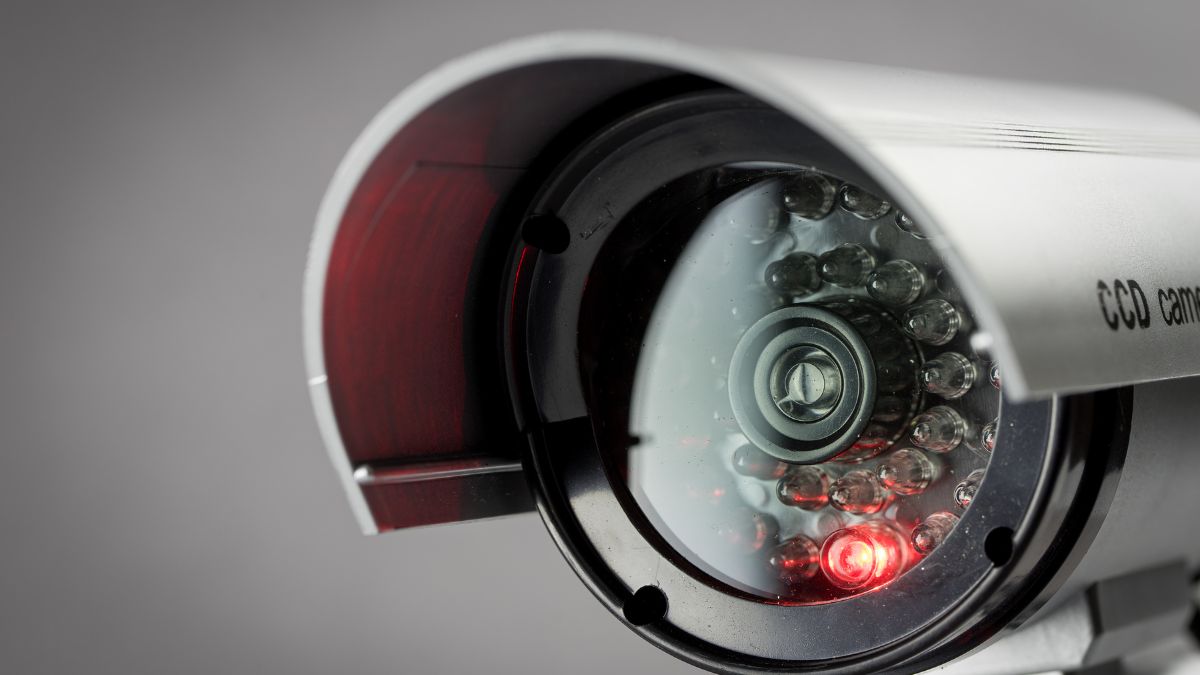Closed-circuit television (CCTV) cameras serve as the eyes and ears of modern surveillance systems, providing various options tailored to individual security needs and environments. Ranging from traditional analogue to advanced IP cameras equipped with advanced features, CCTV technology has come a long way since its initial introduction; now providing solutions for both residential and commercial settings alike. Here we explore all types of CCTV cameras as well as their applications and benefits.
Analogue CCTV Cameras
An analogue predecessor of modern digital CCTV cameras, analogue CCTV cameras utilise analogue signals to send video footage directly to DVRs (Digital Video Recorders). There are typically two main types of analogue CCTV cameras: dome and bullet cameras. Dome cameras typically feature discrete dome-shaped housing and are ideal for indoor surveillance while bullet cameras offer long-range outdoor surveillance thanks to their weatherproof construction and cylindrical design.
Though analogue cameras may lack the high resolution capabilities and advanced features offered by digital alternatives, they remain cost-effective solutions for basic surveillance needs. Many analogue cameras remain in use today in legacy systems where upgrading to digital may not be feasible or desirable.
IP (Internet Protocol) Cameras
IP cameras represent the pinnacle of CCTV technology, offering superior image quality, advanced features, and seamless integration into network infrastructure. Unlike analogue cameras, which digitise footage at source before transmitting it over Ethernet networks, IP cameras use digital video compression technology which enables higher resolution images such as Full HD (1080p) or even 4K to be transmitted resulting in clearer and more detailed pictures.
IP cameras come in various forms to suit various uses and applications, from dome to bullet, PTZ (Pan-Tilt-Zoom), fisheye and motorised PTZ cameras. Dome cameras are popularly used for indoor surveillance as they offer discrete yet effective monitoring solutions; bullet cameras excel outdoors due to their rugged construction and long range capabilities; PTZ (Pan-Tilt-Zoom) cameras boast motorised capabilities which enable remote control of pan, tilt, zoom functions; while fisheye cameras boast wide angle lenses which give panoramic views, making them suitable for large areas or open spaces.
Wireless Cameras
Wireless CCTV cameras leverage wireless technology to transmit video data between cameras and recording devices wirelessly, eliminating the need for physical cables between them. As a result, these cameras allow for easier setup and repositioning without wired constraints limiting movement or access. Wireless cameras are particularly suitable for retrofitting existing properties where running cables is impractical or cost prohibitive.
Specialised Cameras
CCTV technology includes more than the traditional dome, bullet, and PTZ cameras – it also encompasses an assortment of specialised cameras specifically tailored for specific tasks. Examples may include:
Infrared (IR) Cameras
Equipped with infrared LEDs, IR cameras offer clear video footage during low light or nighttime conditions – making them invaluable tools for 24/7 surveillance.
Thermal Cameras
Thermal cameras use heat signatures emitted by objects and individuals as an indicator for surveillance in complete darkness or difficult environments containing smoke, fog or dust. This allows for effective surveillance even under adverse circumstances with no visible light available for visibility.
License Plate Recognition (LPR) Cameras
LPR cameras are specifically designed for monitoring traffic and access control applications. They use optical character recognition (OCR) technology to capture and identify licence plate numbers accurately. As a result, they are able to keep track of who has driven in or out of an area.
360-Degree Cameras
These cameras offer immersive, panoramic views of surrounding areas. They are perfect for monitoring large open spaces or critical areas where thorough coverage is essential. However, more often than not 360-degree cameras are used recreationally rather than for security purposes.
Conclusion
Today’s market of CCTV cameras reflects the ever-evolving surveillance technology landscape. From basic analogue surveillance cameras to sophisticated IP cameras equipped with cutting-edge features, businesses and homeowners have many choices when selecting cameras for their specific security needs and budgets. We hope that through understanding the different types of cameras and their applications, you can make well-informed decisions in protecting your property, assets and personnel. If you’re looking for a recommended CCTV service in South Wales, use Easy Security CCTV.
